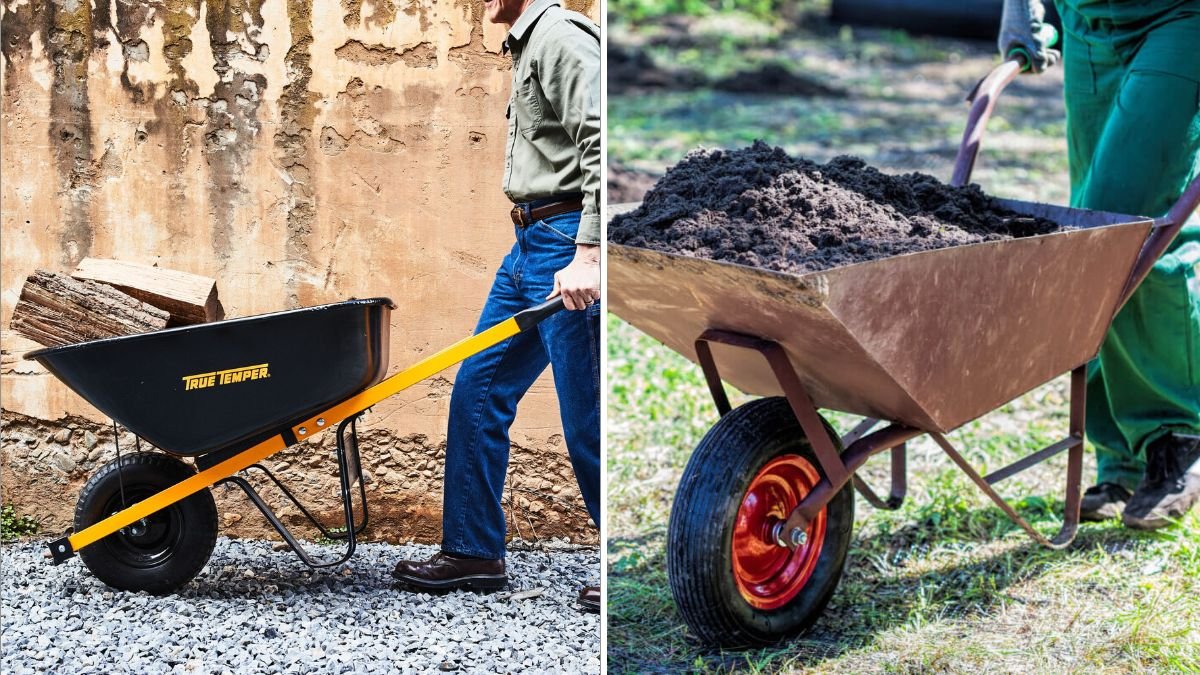A wheelbarrow is one of those classic garden tools that rarely gets much thought—until it breaks down in the middle of a job. Whether you’re hauling soil, moving firewood, or transporting plants, your wheelbarrow works hard. But like any tool, it won’t last forever. Knowing when to repair and when to replace can save you frustration, time, and even money in the long run.
Here are six clear signs it may be time to retire your old wheelbarrow and invest in a new one.
1. The Wheel Is Constantly Flat or Damaged
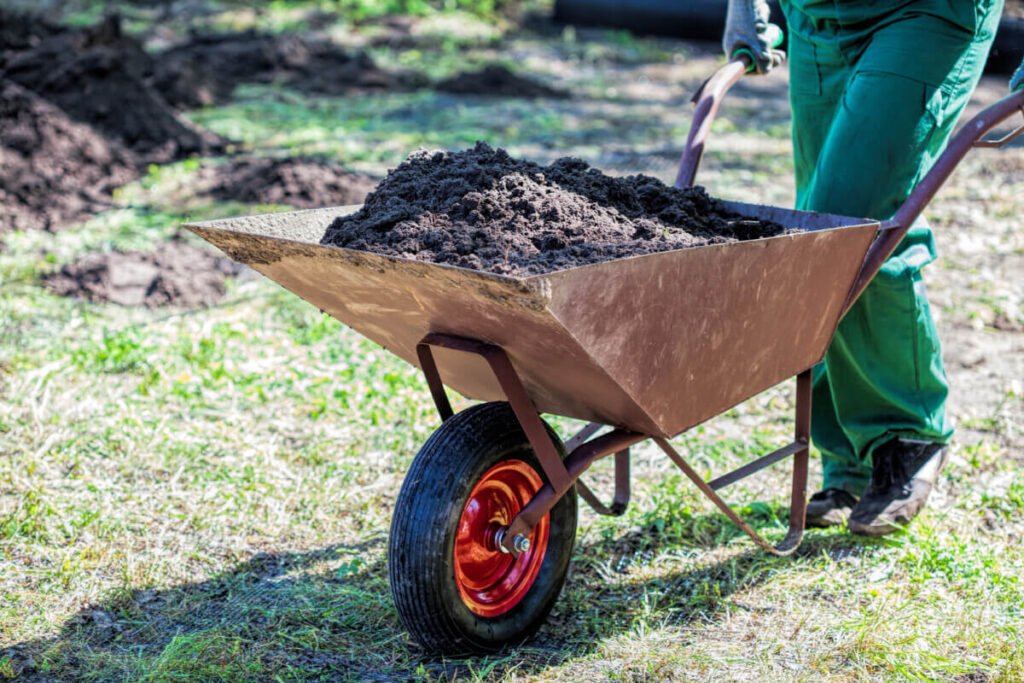
A wheelbarrow’s wheel takes on the bulk of the load, and it’s often the first part to fail. A flat tire now and then is normal, but if you’re constantly patching holes or refilling air, the wheel may be beyond saving.
- Pneumatic tires (air-filled) can puncture easily from thorns, rocks, or nails. If leaks keep happening, the tube or tire may be worn out.
- Solid rubber or foam-filled tires are more durable, but they can eventually crack or split after years of use.
If your wheelbarrow wobbles, squeaks loudly, or refuses to roll smoothly even after replacing the tire, it may be time for a full replacement.
2. Rust and Corrosion Have Taken Over
Most wheelbarrows are made of steel, and while sturdy, they’re prone to rust—especially if stored outdoors or exposed to rain. A little surface rust can be cleaned off, but if holes are forming in the tray or the frame is weakened, repairs won’t hold for long.
- Deep rust pits compromise the strength of the tray.
- Structural corrosion on handles or legs can make the wheelbarrow unsafe.
If you find yourself patching holes with duct tape or welding plates just to keep it functional, you’re better off investing in a new one.
3. Handles Are Cracked, Loose, or Splintered

Handles give you leverage, and when they’re damaged, using the wheelbarrow becomes uncomfortable—or even hazardous.
- Wooden handles can dry out, crack, or splinter, making them painful to grip.
- Metal handles can bend or rust over time.
- Plastic handles may warp or snap under heavy loads.
If replacing handles costs nearly as much as a new wheelbarrow, replacement is usually the smarter choice.
4. The Tray Is Bent, Warped, or Too Small for Your Needs
Over time, hauling heavy loads can warp or dent the tray. This not only reduces capacity but also makes balancing loads more difficult.
Ask yourself:
- Do you struggle to keep items from sliding out?
- Is the tray bent so much that it tips awkwardly?
- Has your garden or project outgrown the tray’s size?
If yes, your wheelbarrow may no longer be practical. Upgrading to a deeper or wider tray can save you from multiple trips and back strain.
5. The Frame or Legs Are Weak
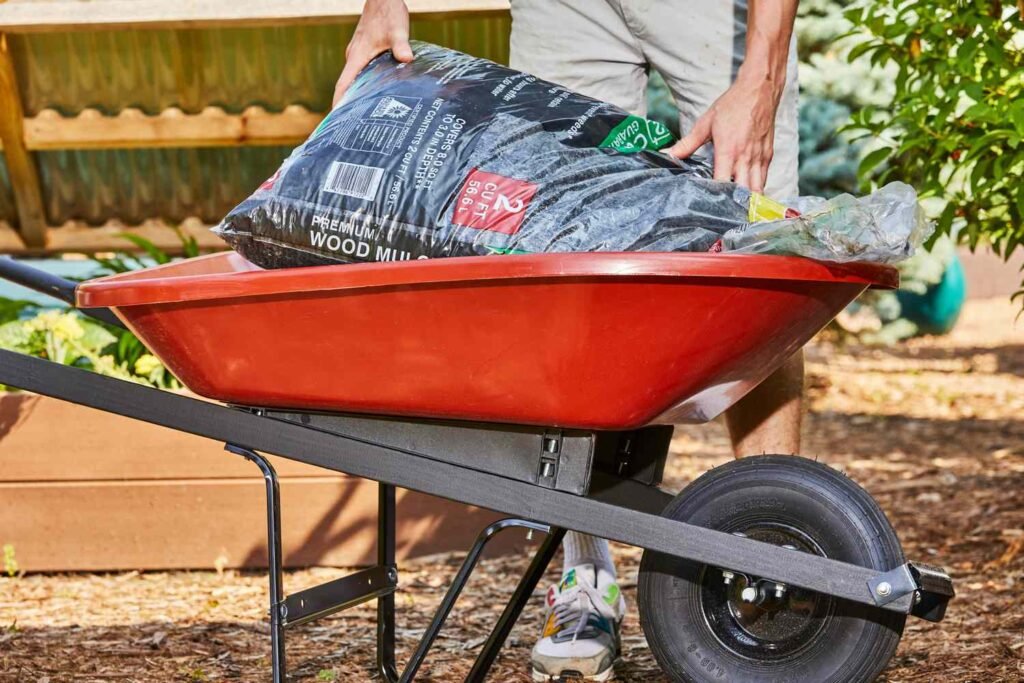
The frame supports the tray and wheel, and once it’s compromised, stability is gone. Weak or bent legs mean the wheelbarrow may topple even under light loads. Signs include:
- Wobbling or tilting when parked.
- Cracks in welds or joints.
- Difficulty dumping materials evenly.
Frames that bend easily under weight are not safe. A new, sturdy frame is worth the investment if you want a tool you can rely on.
6. It’s More Work to Use Than to Leave It Behind
The ultimate sign it’s time to replace your wheelbarrow? When it feels like more of a burden than a helper. If every trip feels like a wrestling match—fighting the wheel, balancing a warped tray, or straining against splintered handles—you’re spending more energy fighting your tool than completing your task.
At that point, a new wheelbarrow will not only make chores easier but also protect your back and prevent accidents.
Choosing the Right Replacement
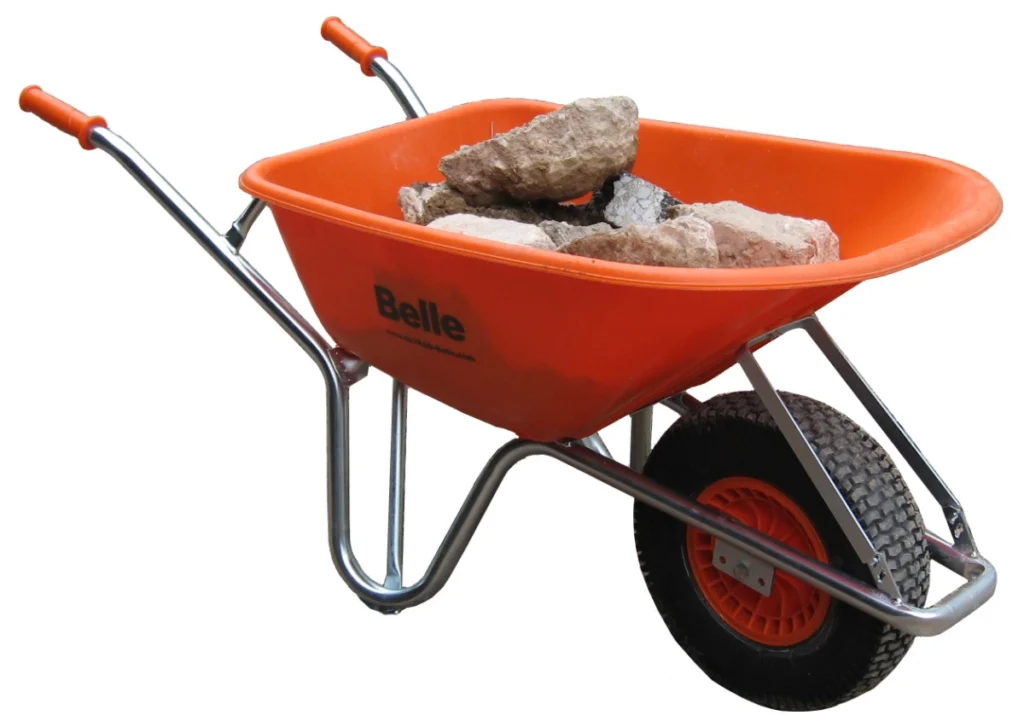
When it’s time to buy a new wheelbarrow, consider these factors:
- Capacity – For light yard work, a smaller 4–6 cubic foot tray may be fine. For heavy hauling, look for 6–10 cubic feet.
- Material – Steel trays are durable but heavy; poly trays resist rust and are lighter.
- Wheel type – Pneumatic wheels cushion bumpy rides but need maintenance; solid wheels are low-maintenance but less forgiving.
- Handle style – Traditional straight handles provide control, while single-loop handles make dumping easier.
Final Thoughts
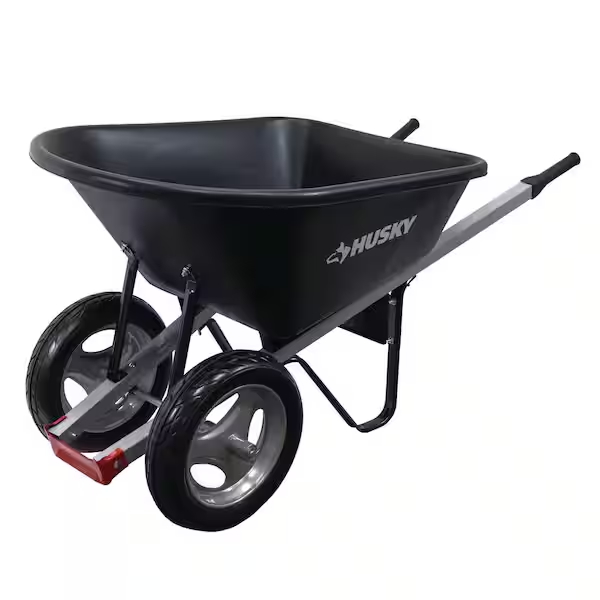
A wheelbarrow is one of the most hardworking tools in your garden or workshop, but it isn’t indestructible. From rusted trays to wobbly wheels, the signs of wear are easy to spot if you know what to look for. Replacing your wheelbarrow at the right time not only saves you headaches but also ensures that hauling, dumping, and transporting materials remains safe and efficient.
If your wheelbarrow shows two or more of these warning signs, it may be time to retire it and bring home a sturdier, more reliable replacement. Your back—and your projects—will thank you.
